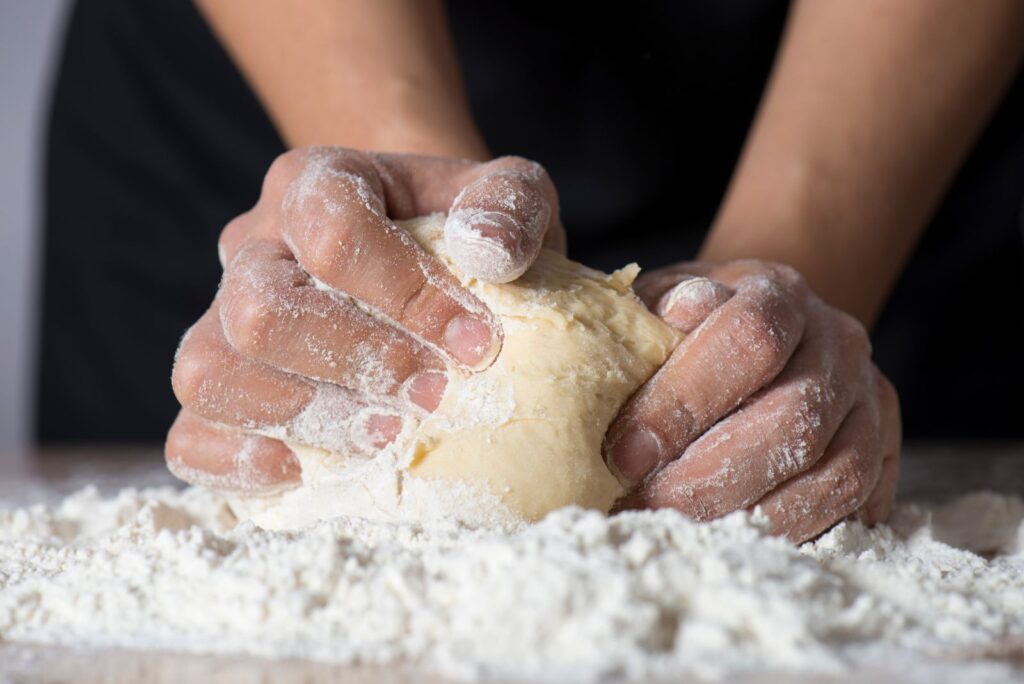KANSAS CITY, MO — Supply chain, a topic of conversation typically confined to those working within manufacturing industries, has now become a hot-button topic for many. Its disruption has impacted everyday consumer activities, with 79% of people noticing product shortages according to Momentive, an experience management company formerly known as SurveyMonkey. Within the baking industry, the American Bakers Association (ABA) noted nearly every bakery operation has seen price increases.
The consumer economy has always been at the mercy of the supply chain, but it’s one that has often worked tirelessly and quietly in the background … until now.
Although a spotlight has been shone on the consumer related fallout, it’s important to understand what’s happening on the ingredient supply side. What does the environment look like for ingredient suppliers, and how are they navigating shortages and disruptions?










